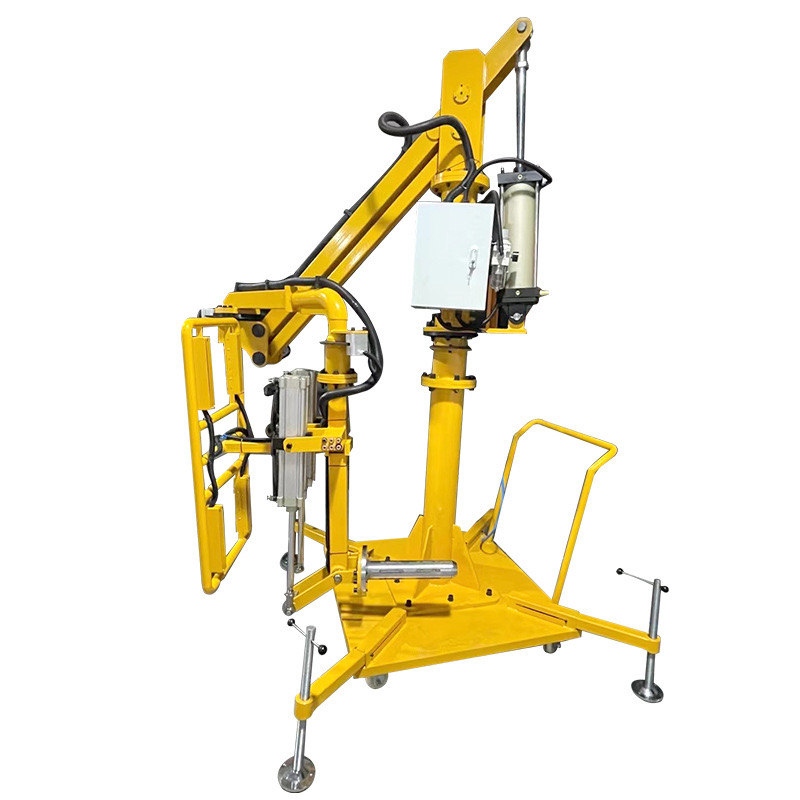Abstract: With the continuous advancement of technology, assistive robotics, as an important tool in the field of human-robot collaboration, has received widespread attention globally. This article aims to review the research status of assistive robotics both in China and abroad, exploring its development trends and challenges.
Keywords: Assistive Robotics; Human-Robot Collaboration; Intelligentization; Technological Development; International Comparison
I. Introduction Assistive robotics, as a type of auxiliary equipment to enhance human operational capabilities, has shown enormous application potential in various fields such as industrial manufacturing, medical rehabilitation, and home services. With the rapid development of artificial intelligence, sensor technology, and materials science, research on assistive robotics has become a hot topic among global researchers.
II. Research Status of Assistive Robotics Abroad Abroad, especially in regions such as Japan, the United States, and Europe, significant achievements have been made in the research of assistive robotics. For example, Japan’s robotics technology has always been at the forefront of the world, with its developed assistive robotics widely used in industries such as automotive manufacturing and electronics assembly. The United States has made breakthroughs in the research of assistive robotics in the field of medical rehabilitation, developing several models of robotic arms that can help disabled individuals regain motor functions.
III. Research Status of Assistive Robotics in China China started later in the research of assistive robotics but has developed rapidly in recent years, particularly in the fields of intelligent manufacturing and service industry, where the application of assistive robotics is becoming increasingly widespread. Several domestic universities and research institutions have conducted in-depth studies on the design, control algorithms, and human-robot interaction of assistive robotics, achieving a series of innovative results.
IV. Technological Development Trends The current technological development trends in assistive robotics mainly include the following aspects:
- Intelligentization: By integrating advanced artificial intelligence algorithms, assistive robotics can better understand and adapt to human operating intentions.
- Modular Design: Adopting modular design to improve the flexibility and adaptability of assistive robotics, facilitating rapid customization for different application scenarios.
- Lightweight Materials: Using new lightweight materials to reduce the weight of assistive robotics, improving work efficiency and user experience.
- Energy Efficiency: Optimizing energy management systems to improve the energy utilization efficiency of assistive robotics and prolong working hours.
V. Challenges and Prospects Although significant progress has been made in the research and application of assistive robotics, there are still some challenges to face, such as cost control, safety issues, and user acceptance. In the future, with the continuous maturation of technology and the gradual expansion of the market, assistive robotics is expected to be widely applied in more fields, bringing more convenience to human society.
VI. Conclusion Significant achievements have been made in the research of assistive robotics both in China and abroad, each with its focus. Future research should pay more attention to interdisciplinary cooperation to promote technology integration and solve practical challenges, fostering further development of assistive robotics technology.

